Should you be spending more time in zone 2 training?
The science is showing that slower-paced runs – the ones that fall in the zone 2 training category – actually benefit you more in the long run
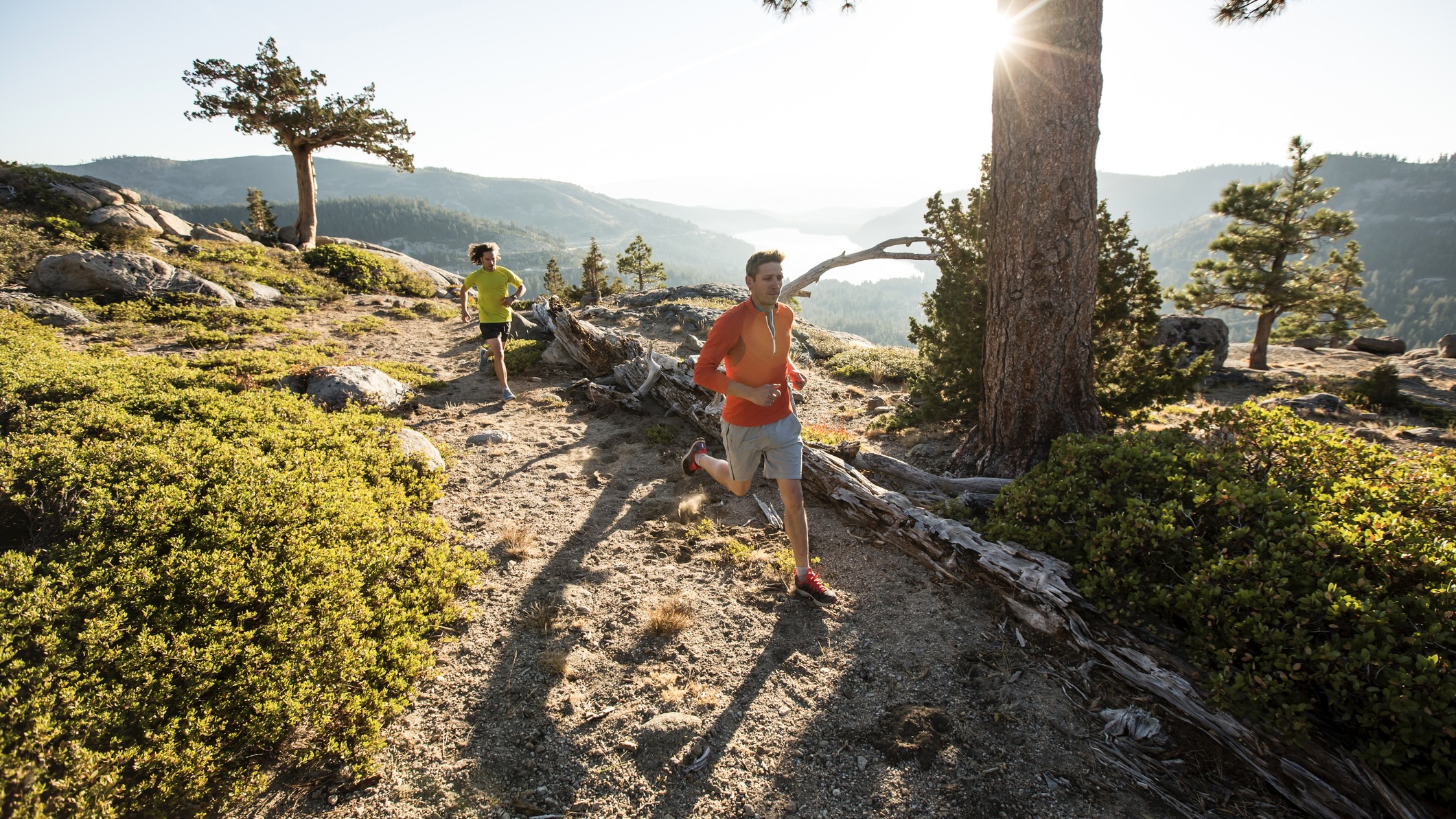
It’s no secret that when you’re a runner, not every run is a good run. For most runners, a good run is usually one where you sustain a faster pace for longer and feel pretty good doing it. It’s no wonder – being able to run faster for longer makes you feel as though you’re making gains, whereas the days when every step seems like you have lead weights attached to your trail running shoes make it feel like you’re regressing. But increasingly, the science is showing that forced slower-paced runs – the ones that fall in the zone 2 training category – actually benefit you more in the long run, if you’ll excuse the pun.
Now, I’ve already publicly confessed to being a slow runner, so you might think I’m biased towards a slower pace, and that’s because I am. I discovered zone two training by accident. I hadn’t ever run with any particular training goal in mind, I'd only once worn a heart rate monitor, and I'd never splashed out on a GPS watch. I’d just get out there when the trails were too muddy for hiking and try to run as fast as I could for at least 30 minutes. It was never particularly enjoyable, and as soon as hiking season resumed in the Rockies, I’d stop doing it.
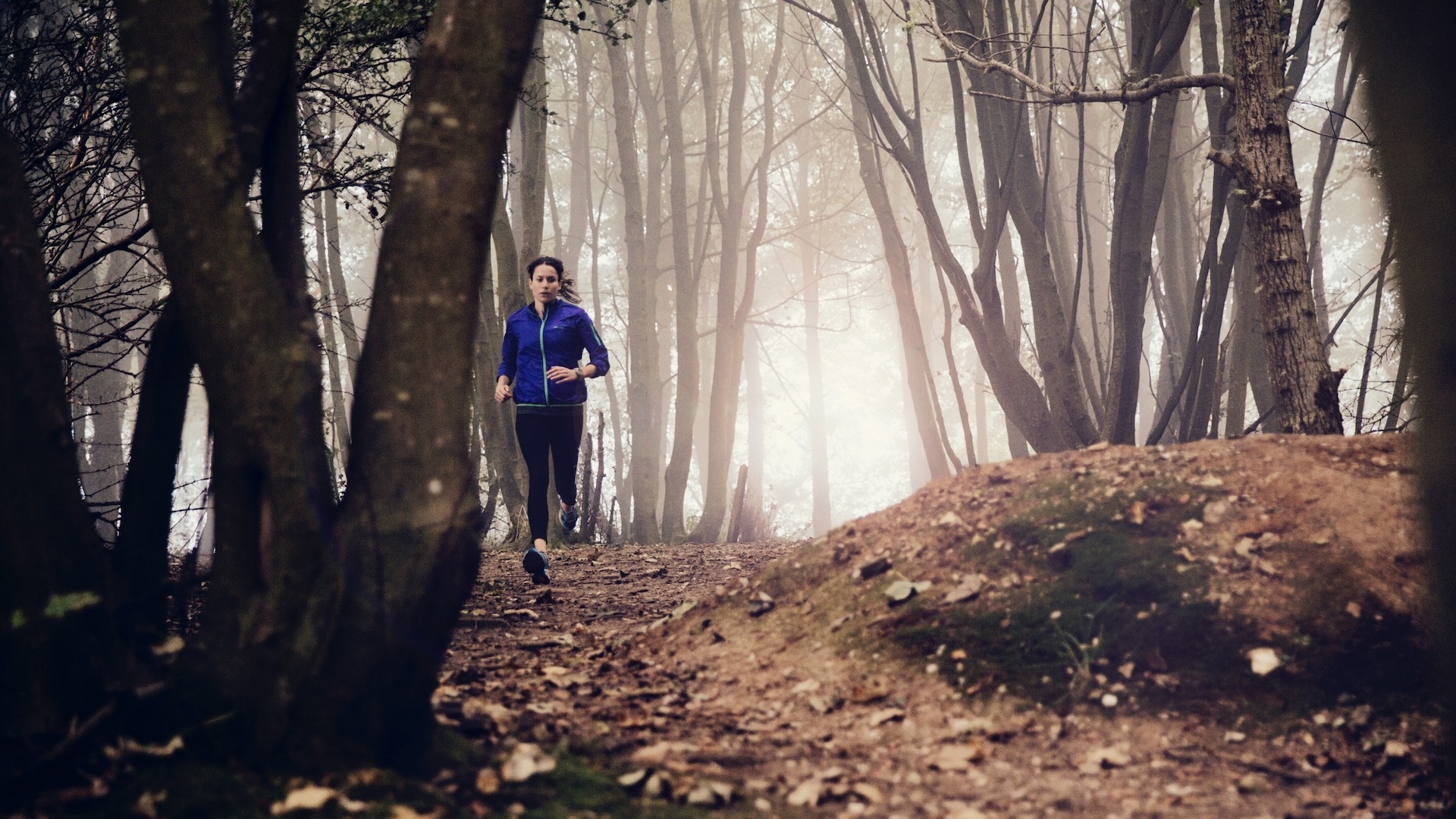
When I returned to Scotland, I started to spy some pretty accessible-looking trails I fancied running that weren’t located two miles above sea level. To go for a longer distance and see the sights I wanted to see, I knew I’d have to slow down. So I did just that, and was amazing at how quickly my fitness and endurance increased. After doing a little research, I learned that what I was doing was zone two training, and research shows that it can be more effective than your threshold runs, high intensity or high volume training.

What is zone 2 training?
Zone 2 training is training in one of the five heart rate zones, which refer to different levels of activity and are all based on a percentage of your maximum heart rate (MHR). Zone two training entails light, easy activity that keeps you at 60-70% of your MHR.
When you’re just walking along a flat trail, you’re usually in zone 1, but pick up the pace a little to a light jog, and you’ll soon move into heart rate zone 2, which is still light and easy and should be sustainable for a long period of time. If you’re running with a partner, you’ll still be able to hold a conversation, though you might not be able to speak for more than a couple of sentences at a time.
Zone 2 training lands squarely in the aerobic category, so you’re still burning a decent amount of fat and, over time, increasing your cardiovascular fitness and endurance.

What are the benefits of zone 2 training?
There are at least three main benefits to zone 2 training. First, it’s an important zone to train in for general fitness as well as if you want to start running longer distances. A 2019 study in the International Journal of Exercise Science found that triathletes who did more than 20% of their training in zone two saw the most significant gains in their VO2 max.
Advnture Newsletter
All the latest inspiration, tips and guides to help you plan your next Advnture!
If you’re seeking to improve your fitness and endurance, the best approach might be to spend the majority of your training in zone 2 along with shorter bouts of high intensity training, known as polarized training, and cut out the medium intensity training altogether, according to a 2014 research paper and our article on junk miles.
Second, if you’re running to maintain your cardiovascular health and not training for a marathon, a 14-year study published in 2015 in the Journal of the American College of Cardiology found that slower runners had the lowest risk of premature mortality of all groups, while a 2018 study conducted by the Radboud Institute for Health Sciences in the Netherlands found that high volume, high intensity and long term running actually produced cardiovascular damage.
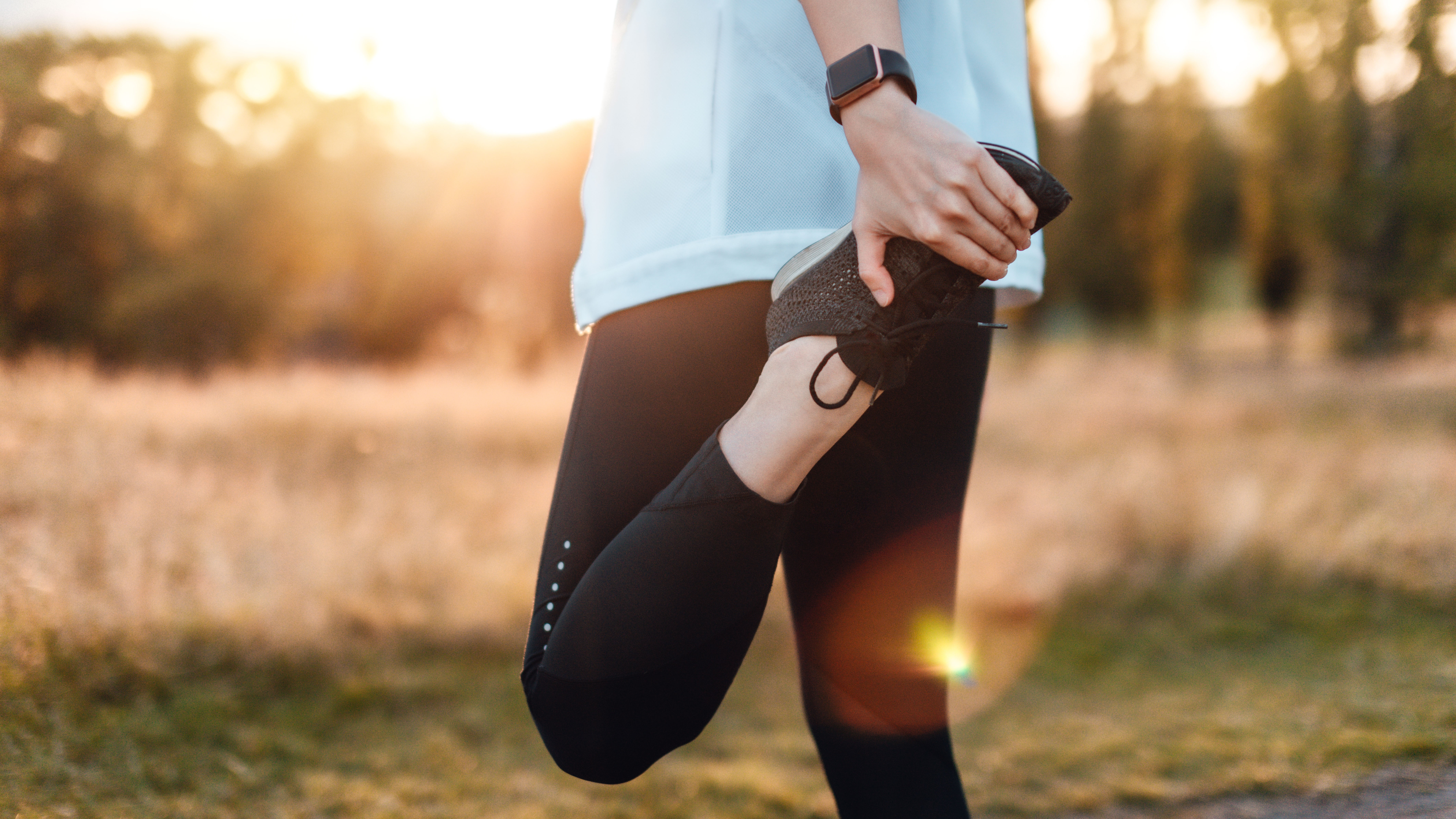
And third, no matter whether you’re training for a half marathon or just trying to keep your body in motion as you age, no one wants to deal with injury. A 2013 clinical commentary published in the International Journal of Sports Physical Therapy found that there may be a correlation between faster pace, especially rapidly increasing your pace, and increased incidence of running injuries like plantar fasciitis, achilles tendinopathy and gastrocnemius injuries. If you’re pushing yourself faster than your muscles, tendons and ligaments can adapt, you’re probably exposing yourself to more likelihood of injury.
Running at a slower pace might sound like your idea of hell, but by spending more time in zone 2 training, you can improve your endurance, increase your lifespan, and lower your risk of injury which improves your quality of life as you age. Sold? Read on to find out how to calculate your zone two, and how much time you need to spend here.
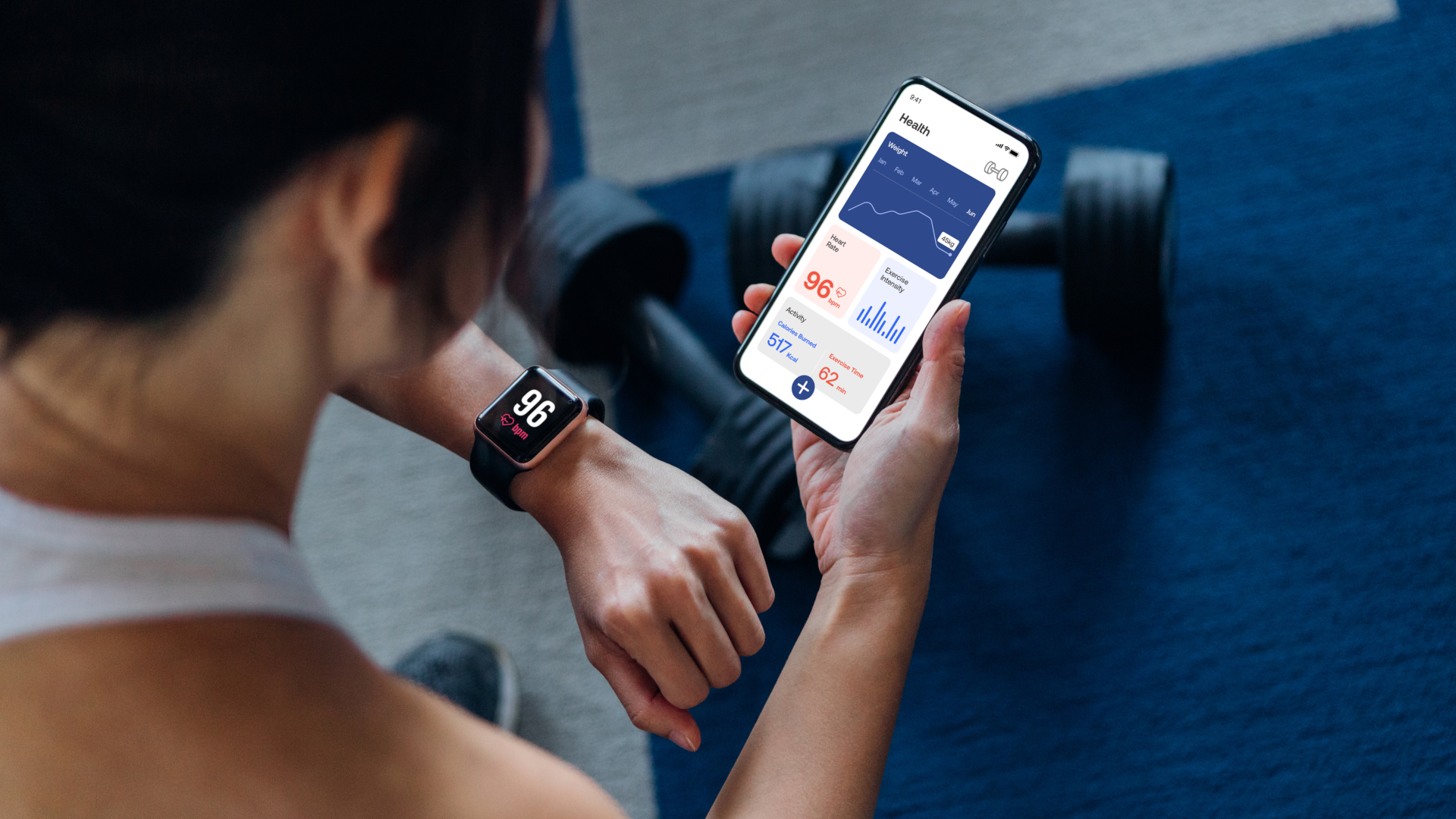
How to calculate your zone 2
Before you can do zone 2 training, you have to know what your zone 2 is. Remember, it’s based on your MHR and if you want a really accurate number, the best way to figure this out is by using a fitness tracker, heart rate monitor, or GPS watch.
If you don’t own any of those, there are a few different methods for calculating your zone 2 heart rate. First, you need to figure out your MHR. You can do this by getting on a treadmill and increasing the speed every two minutes until you cannot run any further. Take your heart rate as soon as you stop and that’s your MHR.
If you don’t want to do that, you can guesstimate your MHR by subtracting your age from 220. This won’t be as accurate, but may be safer, and having done both, I think it’s close enough for my purposes. There are a few other formulas that are slightly more precise, but will still leave you with the same ballpark figure.
Once you know your MHR, calculate both 60 percent and 70 percent of that number. The range between these two numbers is your target for zone 2 training. As an example, my MHR is 179, so to be in zone 2, I need to stay between 107 and 125 beats per minute when I’m running. For me, this means I run at a pace of about six miles per hour. You may be able to go a little faster and stay in zone two, especially if you’re fitter and younger than me to begin with.
If numbers aren’t really your thing, you can just get on the trail and figure it out using your senses. Remember that in zone two, you’ll be able to hold a conversation, though you’ll be a little more breathy than if you were resting, so you can always use that as a guide. If it feels really easy, like you could deliver a graduation speech, pick up the pace a little, and if it feels hard and you’re winded, slow down.
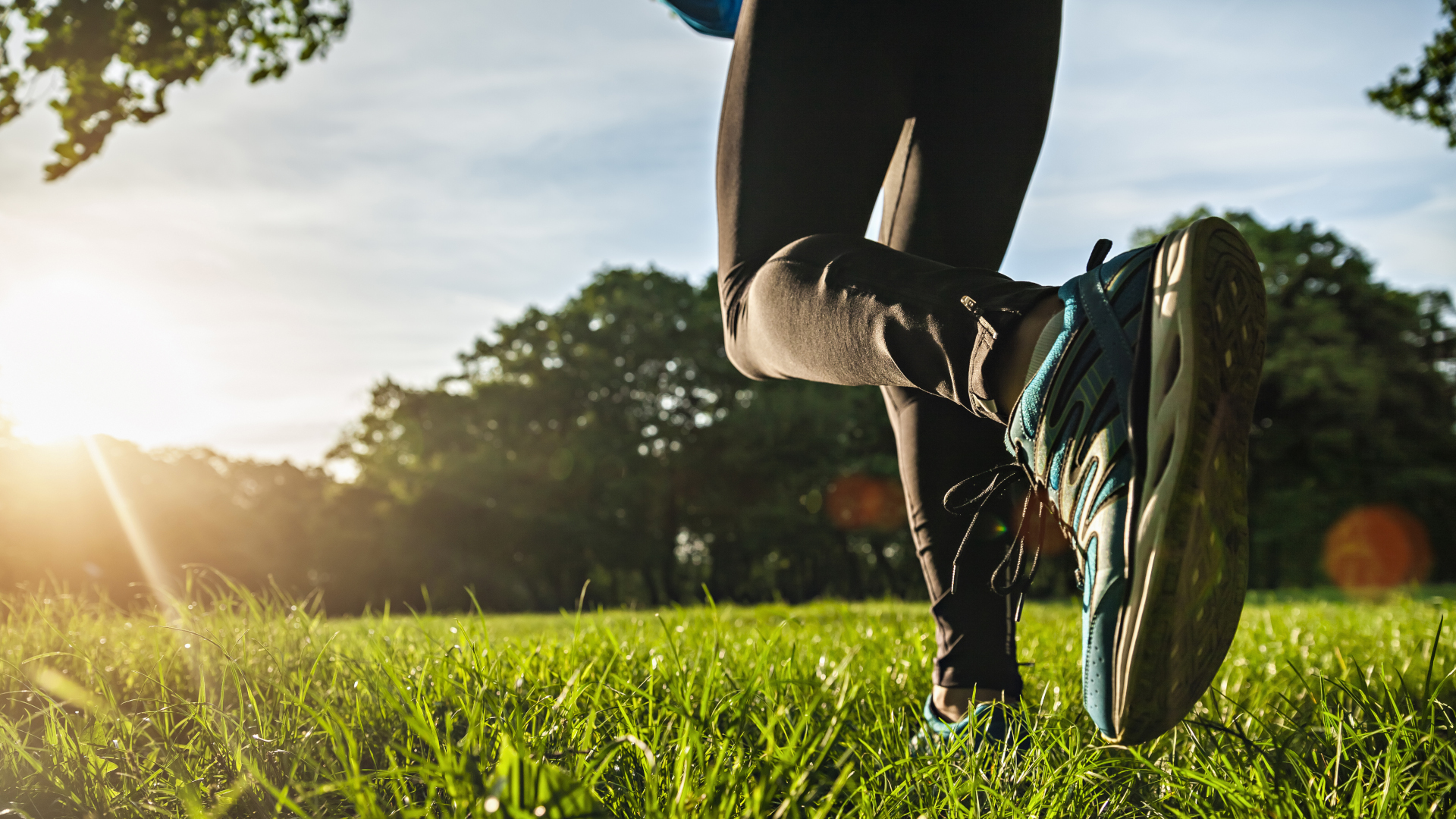
How often should I train in zone two?
How much time you need to spend in zone two really depends on your training goals, and it’s a good idea to consult a running coach and get the big picture view. That said, given the proven benefits of low intensity training and the potential health hazards of overdoing high intensity and high volume training, many researchers and coaches are leaning towards zone two training taking up the bulk of your training.
As far back as 1985, a study in the Journal of Applied Physiology found that a group of cyclists who spent 80% of their training time at low intensity made the most gains, while a lot of coaches these days err towards 70%. Two thirds of your training spent running slowly might sound like torture to you – if you’re running six days a week that would mean four of those runs are slow – but remember that your recovery runs, easy runs and your long runs can all be in zone two, which really only leaves a small amount of time to hit the high intensity stuff. You can also mix in high intensity bursts within your zone two training, otherwise known as the Fartlek Method. You can also hike more vigorously to get your zone two hours in, which comes in handy if you're mountain running.
Julia Clarke is a staff writer for Advnture.com and the author of the book Restorative Yoga for Beginners. She loves to explore mountains on foot, bike, skis and belay and then recover on the the yoga mat. Julia graduated with a degree in journalism in 2004 and spent eight years working as a radio presenter in Kansas City, Vermont, Boston and New York City before discovering the joys of the Rocky Mountains. She then detoured west to Colorado and enjoyed 11 years teaching yoga in Vail before returning to her hometown of Glasgow, Scotland in 2020 to focus on family and writing.

